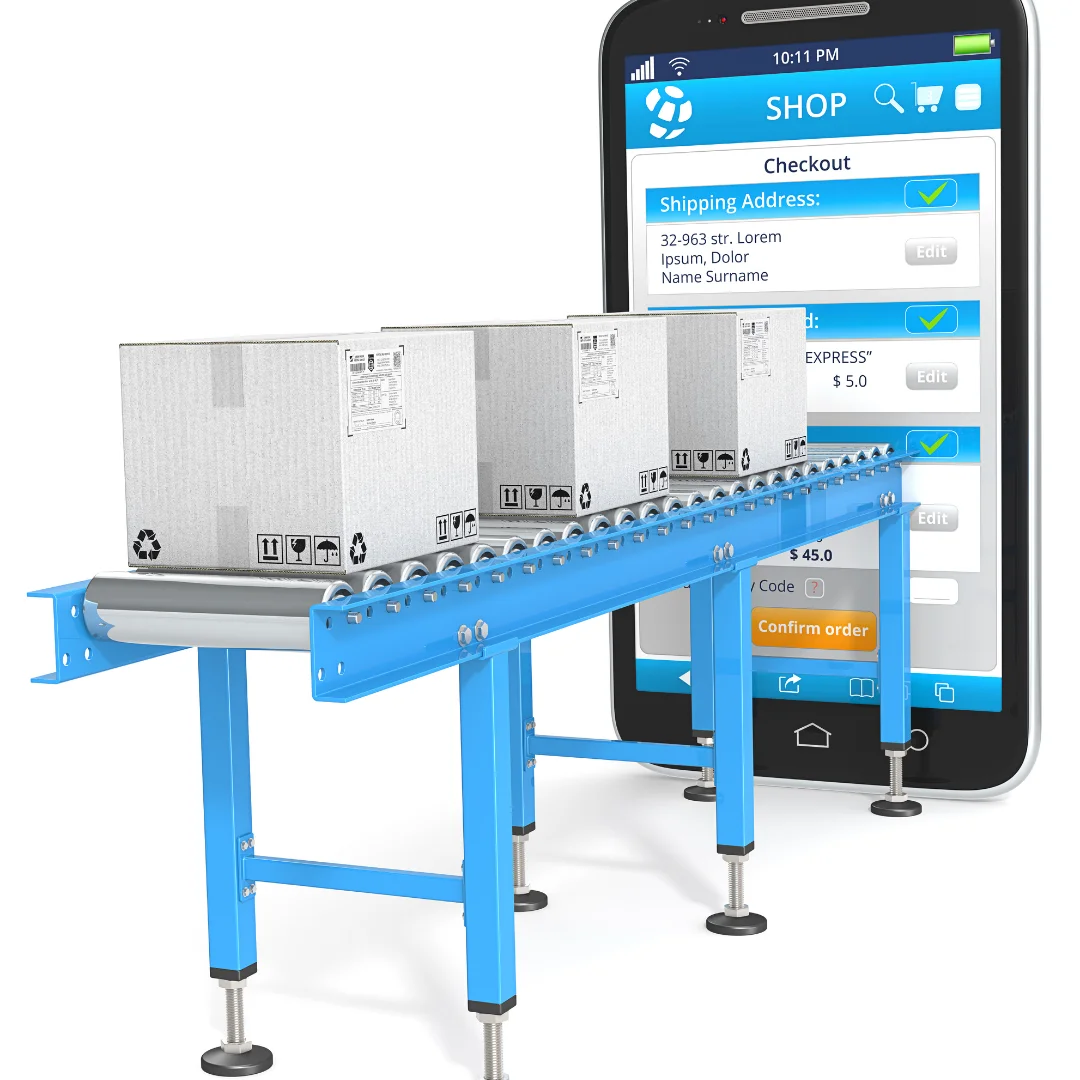The checkout process is a critical component of any e-commerce website, as it is the point where customers decide whether or not to complete a purchase. A poorly optimized checkout process can result in high cart abandonment rates and lost sales. On the other hand, a streamlined and user-friendly checkout process can significantly increase conversion rates and boost your online revenue. In this article, we will discuss how to optimize your checkout process for higher conversion rates.
Keep the Checkout Process Simple
The first rule of optimizing your checkout process is to keep it simple. The more steps customers have to go through to complete a purchase, the more likely they are to abandon their cart. Streamline the process by removing unnecessary fields and steps, and only ask for information that is essential to completing the purchase. For example, you might only need the customer’s name, email address, shipping address, and payment information. Additional fields such as phone number or company name can be optional or removed altogether.
Use Progress Indicators
One effective way to improve the user experience of your checkout process is to use progress indicators. Customers can see where they are in the checkout process and how many steps are left by looking at progress indicators. This can help reduce anxiety and uncertainty and make the process feel more manageable. You can use a progress bar or a series of steps to guide customers through the checkout process.
Offer Guest Checkout
Many customers are hesitant to create an account before making a purchase. To make the checkout process more user-friendly, offer a guest checkout option. This allows customers to complete their purchases without having to create an account or remember a password. You can also offer the option to create an account after the purchase is complete, which can encourage repeat business.
Optimize Your Forms
Forms are an essential part of the checkout process, but they can also be a source of frustration for customers. To optimize your forms, use clear labels and instructions, and minimize the number of required fields. Use autofill to populate fields such as the customer’s shipping address or credit card information, and provide clear error messages when a field is incorrectly filled out. You can also use inline validation to provide feedback in real time, helping customers correct mistakes before submitting the form.
Provide Multiple Payment Options
Offering multiple payment options can make the checkout process more convenient for customers, increasing the likelihood of a completed purchase. Common payment options include credit cards, PayPal, Apple Pay, Google Pay, and Amazon Pay. You can also offer payment plans or financing options, such as Klarna or Afterpay, to make larger purchases more accessible.
Use Trust Indicators
Building trust is essential for online sales. Use trust indicators such as security badges, customer reviews, and social proof to reassure customers that their information is safe and that your website is trustworthy. You can also offer a satisfaction guarantee or a return policy to further build trust and encourage customers to complete their purchases.
Optimize Your Mobile Checkout
Mobile shopping is on the rise, so it’s essential to optimize your checkout process for mobile devices. Mobile checkout should be streamlined and easy to use, with large buttons and clear instructions. Use mobile-specific payment options, such as mobile wallets or payment apps, to make the process more convenient. You can also use responsive design to ensure that your checkout process looks and functions well on a variety of screen sizes.
Reduce Distractions
During the checkout process, it’s important to keep distractions to a minimum. Remove any unnecessary links, pop-ups, or ads that could lead customers away from the checkout page. Use clear and concise language, and avoid using overly promotional language or jargon that could confuse or frustrate customers.
Test and Iterate
Finally, it’s essential to test and iterate your checkout process continually. Use A/B testing to try out different variations of your checkout process, such as different form layouts, button colors, or payment options, to see which ones result in the highest conversion rates. Analyze your data and make changes accordingly, and continue to test and iterate over time to ensure that your checkout process is as effective as possible.
In conclusion, optimizing your checkout process is crucial for improving your e-commerce website’s conversion rates and maximizing your revenue. By keeping the process simple, using progress indicators, offering guest checkout, optimizing your forms, providing multiple payment options, using trust indicators, optimizing for mobile, reducing distractions, and testing and iterating, you can create a checkout process that is user-friendly, efficient, and effective. Remember, the checkout process is the last step in the customer journey, so it’s essential to make it a positive and seamless experience to encourage repeat business and build customer loyalty.


